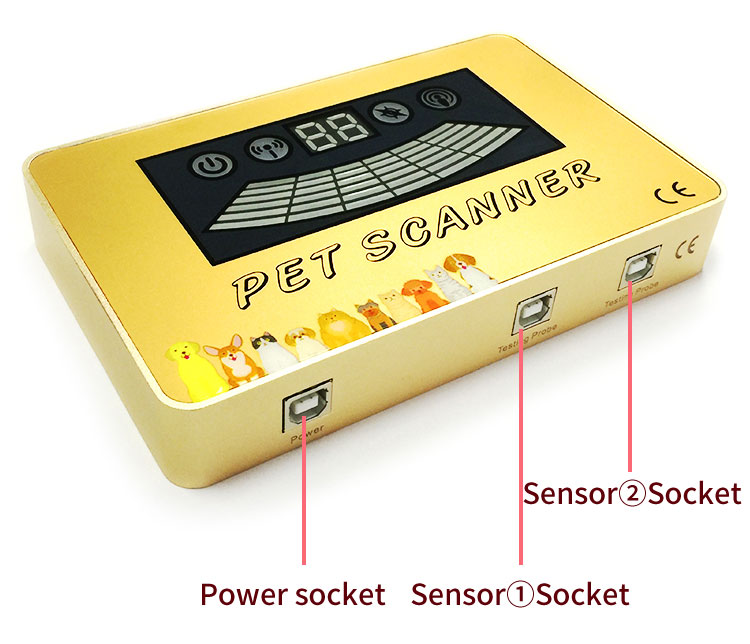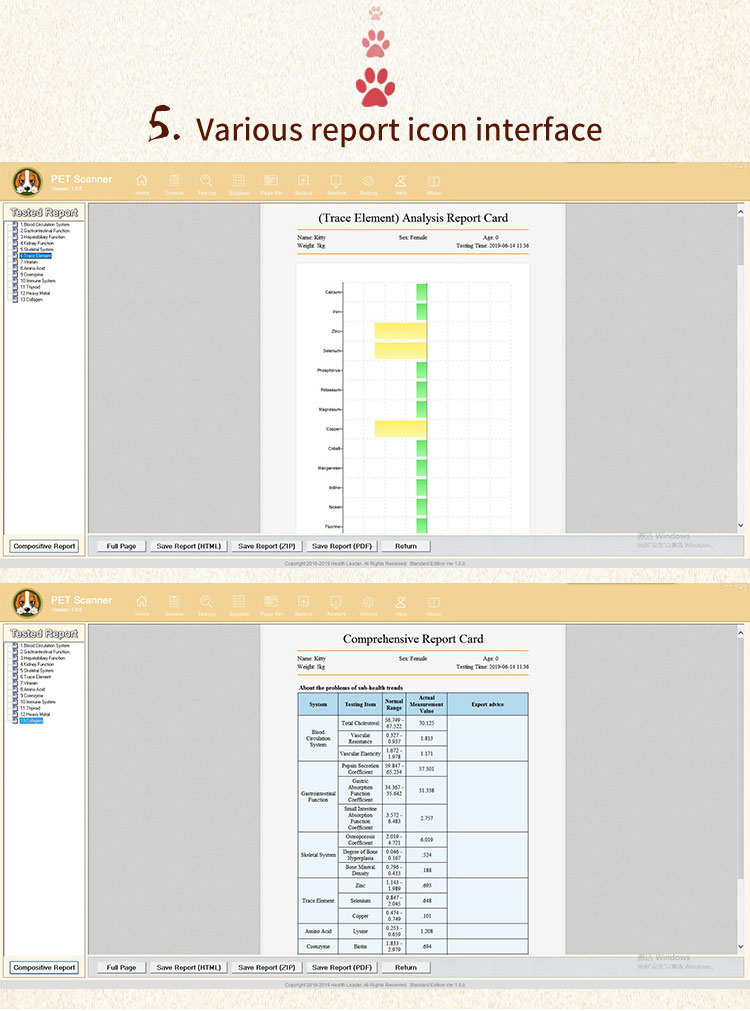Soil-borne diseases generally harm the roots and stems of the plants. If diseases occur in the early stage of crop growth, the roots of the seedlings will rot or the stems will rot. The seedlings will soon die, seriously affecting crop production. Pathogens of soil-borne diseases live in the soil and, when conditions are right, cause diseases from crop roots or stems that invade the crops. Common soil-borne diseases include: Sheath blight Rhizoctonia cerealis is the pathogen of sheath blight, and sclerotia is the most important source of primary infection. So how do we identify if it is sheath blight? 1. Bad shoots: Damage to the buds of wheat has turned brown, causing the crop to die in the bud stage. 2. Diseased seedlings: In the 3rd to 4th leaf stage, the central grayish-white, brownish-brown lesions appeared on the first leaf sheath. 3, flower culms rotten stalk: After returning green joints, the lower part of the leaf sheath of wheat produces a gray center, pale brown mottled lesions. Multiple lesions are interconnected to form a moire-like flower stalk. When conditions are suitable, "eye spots" appear on the stem. When the humidity is high, spider silky white mycelia and rapeseed-like tan sclerotia can be seen on the inside of the diseased leaf sheath and on the stem. Since we know how to identify sheath blight, what are the hazards it will cause to wheat? Rotten buds, dead seedlings of diseased seedlings, rotten stalks of flower stalks, lodging, dry ears and withered white spikes. Generally, it will cause a 10%~20% reduction in production, a serious one will reduce production by 50%, and individual plots will even lose their income. Basal rot Basal rot is a fungal disease caused by Fusarium infestation. In terms of symptom recognition, if it is germinated and susceptible, the root of the seed will appear brown after the illness, and the young shoots will rot so that no soil will be broken. Unearthed seedlings will appear round-brown lesions near the ground leaves, and when severe, the diseased leaves will turn yellow and die. After jointing, pathogens generally invade the first internode or the second internode of the base, causing brown lesions. The tips of the upper leaves turn yellow, and the internodes rot and turn white, and the stem wall becomes thin. Once infected with the base rot, the stalks of wheat can easily be folded down. The lighter ones can reduce production by 10% to 20% and the heavy ones can reach 70% to 80%. Full-etch disease Full-bleeding is caused by variants of the ascomycete subphylum capsular keratocyst. We should pay attention to the following points in the discrimination of full-blown disease: 1. Diseased seedlings: The seed roots, secondary roots and underground stems turn black and rot, and the surface of the root has hyphae. 2. Before and after childbirth: The old leaves turn yellow, the medicine is reduced, the growth is weak, and severe death occurs. 3, early spring: slow green, yellow leaves and invalid childbirth increased or withered. 4. After jointing: Part of the roots and basal basal parts of the 1-2 knots are aggravated and the plants are dwarfed. 5, heading filling period: the stem base appears black and rot more obvious, the formation of "black feet", the leaf sheath of the diseased part is easy to peel off, the inner surface of the leaf sheath and stem base surface to form a gray and black layer of mycelium. Precipitation forms "white spikes," false spikes, or thin grains. There are many factors that affect the occurrence and development of wheat in the field of full-blown disease, including farming systems, soil nutrients, susceptible hosts, and climatic conditions. The damage caused by full-blown disease is also very terrible. It is a devastating disease of wheat that causes clusters of plants or dead plants. It will generally result in a reduction of production by 10% to 20%, a serious increase of more than 50%, and even an absolute loss.
What is the pet scanner?
[Pet Scanner] involves high-tech innovation projects of medicine, bio-informatics, electrical engineering and other sciences. Using the quantum medicine as the theoretical basis, it applies the advanced electronic equipment to collect the weak magnetic field of animal cells for scientific analysis, thereby analyzing and determining the tested animal's health status and main problems and
putting forward standard prevention recommendations. [Pet scanner] is individualized guide of health care consultation for full animal body and forward health science, and has the advantages of completeness, non-invasiveness, practicality, simplicity, fastness, economy, easy popularization, etc. With the depth and development of scientific research, it will make a greater contribution for the cause of animal health, having a broad development and application prospect.
Principle of quantum analyzer:
The animal body is the aggregates of a large number of cells which are in continuous growth, development, differentiation, regeneration and apoptosis, and the cells constantly self-renew through its own division. In the process of cell division and growth, those charged bodies of atomic nucleuses constituting atoms as the basic unit of cell and the electrons outside the nucleus are in constant high-speed movement and changing, thereby constantly emitting electromagnetic waves.
The electromagnetic wave signals emitted by the animal body represent the specific state of the animal body, and the emitted electromagnetic wave signals are different under the different conditions of the human body, such as health, sub-health, disease, etc. If we can determine these specific electromagnetic wave signals, we can determine the status of the body's life.
Quantum medicine considers that the most fundamental reason of falling sick is that the spin of electrons outside the atomic nucleus and the orbit change, thereby causing the change of atoms constituting a material, the change of small biomolecules, the change of big biomolecules, the change of all the cells and finally the change of organs. Because the electron is a charged body,
when the spin of electrons outside the atomic nucleus and the orbit change, the electromagnetic wave emitted by the atoms will change. The energy o f the electromagnetic wave changes caused by the changes of the animal body's diseases and physical changes in the nutritional status is extremely weak and usually is only nano gauss to microgauss. The frequency and energy of the
weak magnetic field of hair determined directly or by holding a sensor compare with the resonance spectra of standard quantum of diseases and nutrition indicators set in the instrument after the frequency and energy are amplified by the instrument and processed by the computer, and then the corresponding quantum value being from negative to positive is output. The size of the
quantum value indicates the nature and extent of the disease and the nutrition levels. Finally, the test results are resolved by clinicians. It's similar to the principle of listening to broadcasting from the radio. There are many radio waves in the air. If you want to listen to some designated broadcasting, you can transfer the radio to the corresponding frequency, at this moment, resonance occurs, so that you can listen to this broadcasting. Quantum resonance uses this principle for testing.
Animal Quantum Analyzer, Dog Quantum, Cat Quantum Shenzhen Guangyang Zhongkang Technology Co., Ltd. , https://www.szlighttherapymachine.com




What are the soil-borne diseases of wheat?